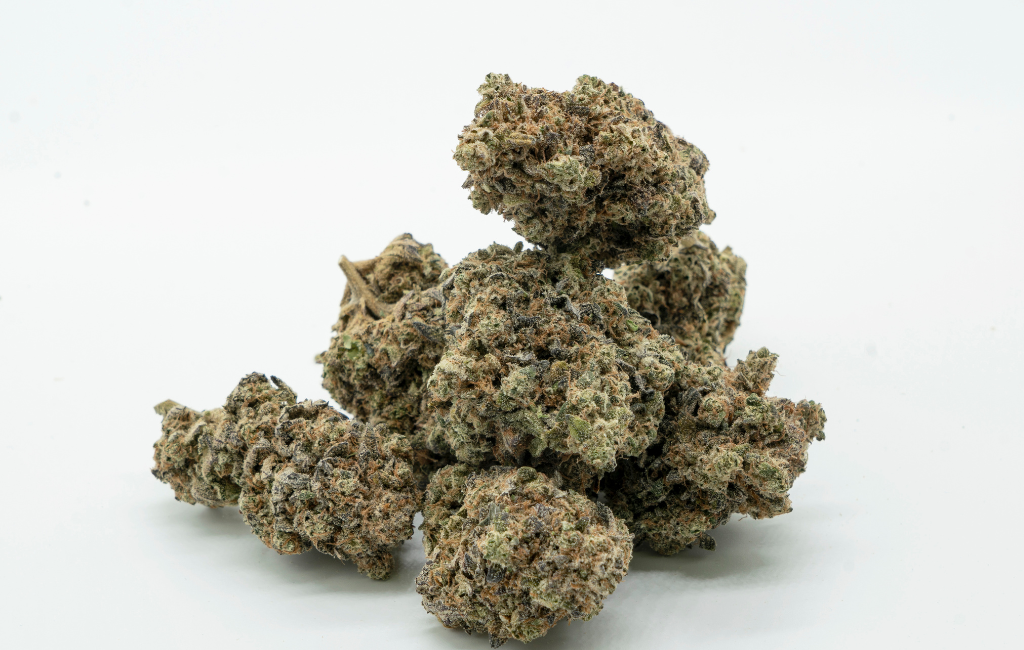The cultivation of cannabis has evolved significantly over the years, transforming from a clandestine activity into a sophisticated science. With the legalization of cannabis in various regions, enthusiasts and entrepreneurs alike are exploring the intricacies of growing this versatile plant. This article delves into the key aspects of cannabis cultivation, offering insights and strategies for both novice and experienced growers.
Understanding Cannabis Varieties
Before embarking on the journey of cultivation, it’s imperative to understand the different varieties of cannabis. The plant is primarily categorized into three species: Cannabis sativa, Cannabis indica, and Cannabis ruderalis. Each species has unique characteristics that influence growth patterns, potency, and effects.
- Cannabis sativa: Known for its tall stature and long flowering cycle, sativa is often associated with uplifting and energizing effects.
- Cannabis indica: Typically shorter and bushier, indica plants are favored for their relaxing and sedative properties.
- Cannabis ruderalis: This species is less common but valued for its auto-flowering trait, which allows it to flower based on age rather than light cycles.
Choosing the Right Growing Environment
The environment plays a pivotal role in the success of cannabis cultivation. Growers must decide between indoor and outdoor cultivation, each offering distinct advantages and challenges.
Indoor Cultivation
Indoor growing provides control over environmental factors such as temperature, humidity, and light. This method allows for year-round cultivation and protection from pests and harsh weather. However, it requires significant investment in equipment like grow lights, ventilation systems, and climate control devices.
Outdoor Cultivation
Outdoor growing harnesses natural sunlight and can be more cost-effective. It is ideal for regions with favorable climates. The challenges include exposure to pests, weather fluctuations, and legal restrictions in certain areas.
Soil and Nutrient Management
The choice of soil and nutrients is fundamental to healthy plant growth. Cannabis plants thrive in well-aerated soil with a balanced pH level. Organic soil mixes enriched with compost, perlite, and vermiculite are popular among growers.
Nutrient management involves providing the right balance of macronutrients (nitrogen, phosphorus, potassium) and micronutrients (calcium, magnesium, iron) at different growth stages. Over-fertilization can lead to nutrient burn, while deficiencies can stunt growth.
Lighting and Photoperiod
Light is a critical factor in cannabis cultivation, influencing photosynthesis and flowering. Indoor growers often use LED or HID lights to mimic natural sunlight. The photoperiod, or light cycle, is manipulated to induce flowering. Typically, a cycle of 18 hours of light and 6 hours of darkness is used during the vegetative stage, transitioning to 12 hours of light and 12 hours of darkness for flowering.
Pest and Disease Management
Pests and diseases pose significant threats to cannabis plants. Common pests include spider mites, aphids, and whiteflies, while diseases like powdery mildew and root rot can devastate crops. Integrated Pest Management (IPM) strategies, which combine biological, cultural, and chemical controls, are effective in maintaining plant health.
- Biological controls: Introducing beneficial insects like ladybugs and predatory mites.
- Cultural controls: Maintaining cleanliness and proper sanitation in the growing area.
- Chemical controls: Using organic pesticides and fungicides as a last resort.
Harvesting and Curing
The timing of harvest is crucial for maximizing potency and yield. Trichomes, the resinous glands on cannabis flowers, are indicators of readiness. A magnifying glass can help observe trichome color changes from clear to milky white or amber, signaling the optimal harvest window.
Post-harvest, the curing process enhances flavor and potency. This involves drying the buds slowly in a controlled environment, followed by storing them in airtight containers to preserve terpenes and cannabinoids.
Case Studies and Success Stories
Several growers have achieved remarkable success by adopting innovative techniques. For instance, a cultivator in California utilized vertical farming to maximize space and yield, achieving a 30% increase in production. Another grower in Colorado implemented a closed-loop hydroponic system, reducing water usage by 50% while maintaining high-quality output.
Conclusion
Mastering cannabis cultivation requires a blend of knowledge, skill, and experimentation. By understanding plant varieties, optimizing growing conditions, and employing effective management practices, growers can achieve bountiful harvests. As the industry continues to evolve, staying informed about the latest trends and technologies will be key to success in this dynamic field.Cannabis Cultivation
